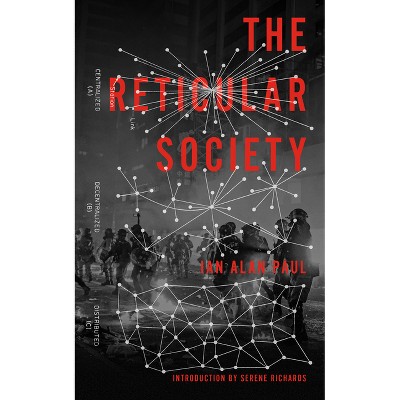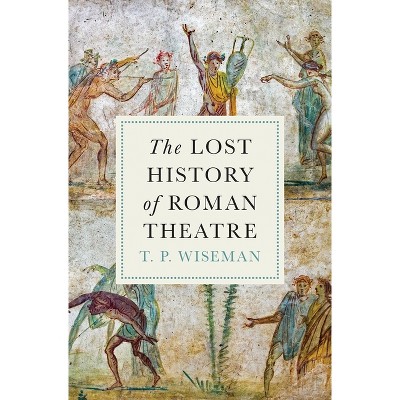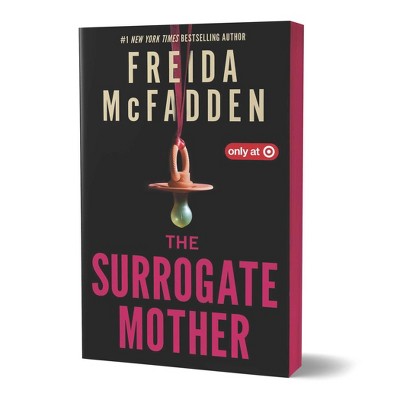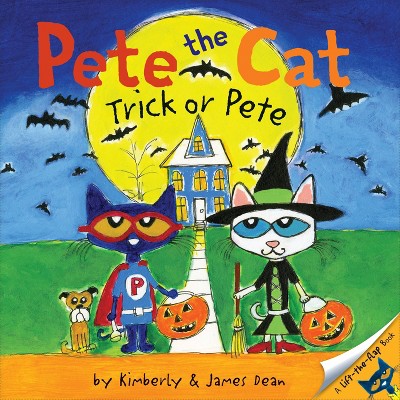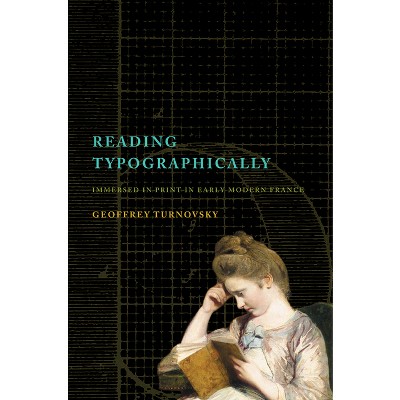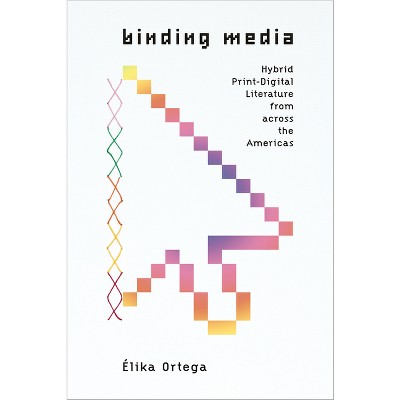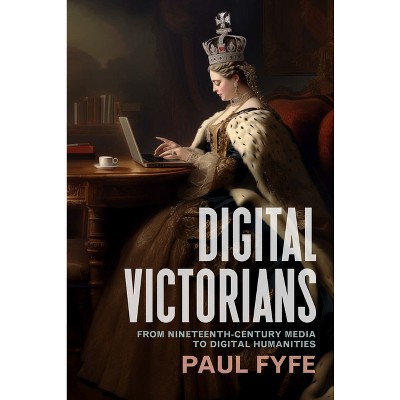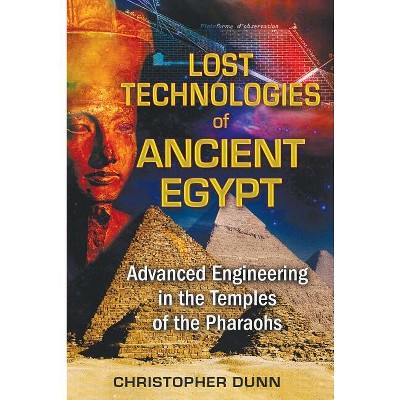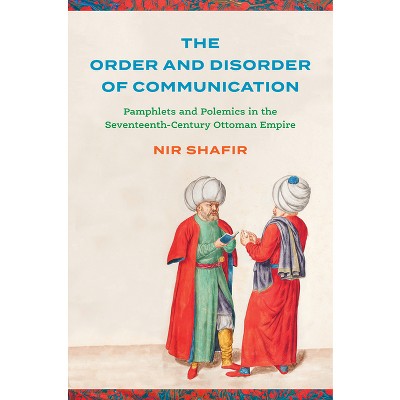Sponsored

Theses on the Metaphors of Digital-Textual History - (Stanford Text Technologies) by Martin Paul Eve (Paperback)
In Stock
Sponsored
About this item
Highlights
- Digital spaces are saturated with metaphor: we have pages, sites, mice, and windows.
- About the Author: Martin Paul Eve is Professor of Literature, Technology and Publishing at Birkbeck, University of London.
- 436 Pages
- Literary Criticism, General
- Series Name: Stanford Text Technologies
Description
About the Book
"Digital spaces are saturated with metaphor: we have pages, sites, mice, and windows. Yet, in the world of digital textuality, these metaphors no longer function as we might expect. Martin Paul Eve calls attention to the digital-textual metaphors that condition our experience of digital space, and traces their history as they interact with physical cultures. Eve posits that digital-textual metaphors move through three life phases. Initially they are descriptive. Then they encounter a moment of fracture or rupture. Finally, they go on to have a prescriptive life of their own that conditions future possibilities for our text environments - even when the metaphors have become untethered from their original intent. Why is "whitespace" white? Was the digital page always a foregone conclusion? Over a series of theses, Eve addresses these and other questions in order to understand the moments when digital-textual metaphors break and to show us how it is that our textual softwares become locked into paradigms that no longer make sense. Contributing to book history, literary studies, new media studies, and material textual studies, Theses on the Metaphors of Digital-Textual History provides generative insights into the metaphors that define our digital worlds"--Book Synopsis
Digital spaces are saturated with metaphor: we have pages, sites, mice, and windows. Yet, in the world of digital textuality, these metaphors no longer function as we might expect.
Martin Paul Eve calls attention to the digital-textual metaphors that condition our experience of digital space, and traces their history as they interact with physical cultures. Eve posits that digital-textual metaphors move through three life phases. Initially they are descriptive. Then they encounter a moment of fracture or rupture. Finally, they go on to have a prescriptive life of their own that conditions future possibilities for our text environments-even when the metaphors have become untethered from their original intent. Why is "whitespace" white? Was the digital page always a foregone conclusion? Over a series of theses, Eve addresses these and other questions in order to understand the moments when digital-textual metaphors break and to show us how it is that our textual softwares become locked into paradigms that no longer make sense.
Contributing to book history, literary studies, new media studies, and material textual studies, Theses on the Metaphors of Digital-Textual History provides generative insights into the metaphors that define our digital worlds.
Review Quotes
"A champion of open-access scholarship and prolific writer in book history and digital humanities, Eve supports his grand scope with his enviably broad knowledge of the subject and relays it approachably to book history scholars, regardless of their training in computational history." --Shawna Ross, SHARP News
"Eve's Theses on the Metaphors of Digital-Textual History is significant not because it offers a ready-made solution to the hermeneutical challenges of digital humanities, but because it demands that scholars confront how deeply the computational and the metaphorical are entangled--and to reflect on why that entanglement remains urgent." --Davide Parfumi, Digital Scholarship in the Humanities
"What Eve accomplishes is making these otherwise difficult, technical, and confusing concepts accessible for humanists. For any student or scholar looking to begin their studies into digital textuality, I recommendTheses on the Metaphors of Digital-Textual History" --Alijan Ozkiral, H-Sci-Med-Tech
"Eve's book is a fabulous read! It is a captivating exploration of books and digital artifacts. This book will find an eager readership in an audience interested in text technologies in the academy and beyond." --Orietta Da Rold, University of Cambridge
"This book is a brilliant and engaging exploration of digital media--extraordinarily rich and deep, with wide-ranging source material and an exciting theoretical framework. It is omnivorously learned, yet immensely approachable. A true scholarly feat." --Kathleen Fitzpatrick, Michigan State University
About the Author
Martin Paul Eve is Professor of Literature, Technology and Publishing at Birkbeck, University of London. His previous books include Close Reading with Computers (Stanford, 2019.)Shipping details
Return details
Frequently bought together
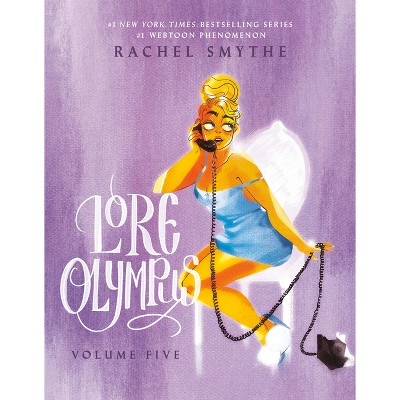
Trending Paperback Books




